No Pilot Aircraft - "But by doing that," he continues, "you eliminate certain redundancies and I have a hard time with that, because I fly airplanes for a living and even with two pilots in the cockpit things can become extremely busy - to the point of task
saturation for both of them.” Just about 50% of participants said they'd be willing to take that flight, and the general consensus was that removing a pilot is "dangerous until proven safe." The three factors that weighed the most in the participants' decision process were the state of the pilot, trust in the technology and a combination of ticket price and airline reputation, signaling that a significantly reduced fare would help sell the idea.
No Pilot Aircraft

In the study, Harris concludes that the single-crew airliner is still probably 20 years away, but that legislative developments could make that a reality sooner, albeit only for cargo aircraft. (i) The approach light system, except that the pilot may not descend below 100 feet above the touchdown zone elevation using the approach lights as a reference unless the red terminating bars or the red side row bars are also distinctly visible and identifiable.
A Challenging Transition
"In that case, you're going from two pilots to one pilot in certain regimes of flight," says Smith. "But in the other regimes of flight and when necessary, there would always still be at least two pilots there.
I'm open to that conversation - I'm a lot more amenable to that conversation than the idea of removing a pilot entirely." The latter approach seems more feasible, at least in the short term, because much of what is required to implement it already exists.
"Technologically you could argue that in a lot of cases we're already there," says Patrick Smith, an airline pilot flying Boeing 767 aircraft and the author of the popular book and blog "Ask the Pilot." Some worry that the FAA may be too accommodating.
"The FAA ebbs and flows between being a monolithic oversight authority to slowly, over time, becoming too cozy with the manufacturers and the airlines," Tajer notes. "That's a funding issue, it's experience, and then it can also become a culture issue, which you don't have to look too far back [to the 737 Max crashes], to see what happens when there's too cozy a relationship.
In Case Of Emergency
The FAA just needs to stand firm on delivering the safest possible system out there.” (k) ILS components. The basic components of an ILS are the localizer, glide slope, and outer marker, and, when installed for use with Category II or Category III instrument approach procedures, an inner marker.
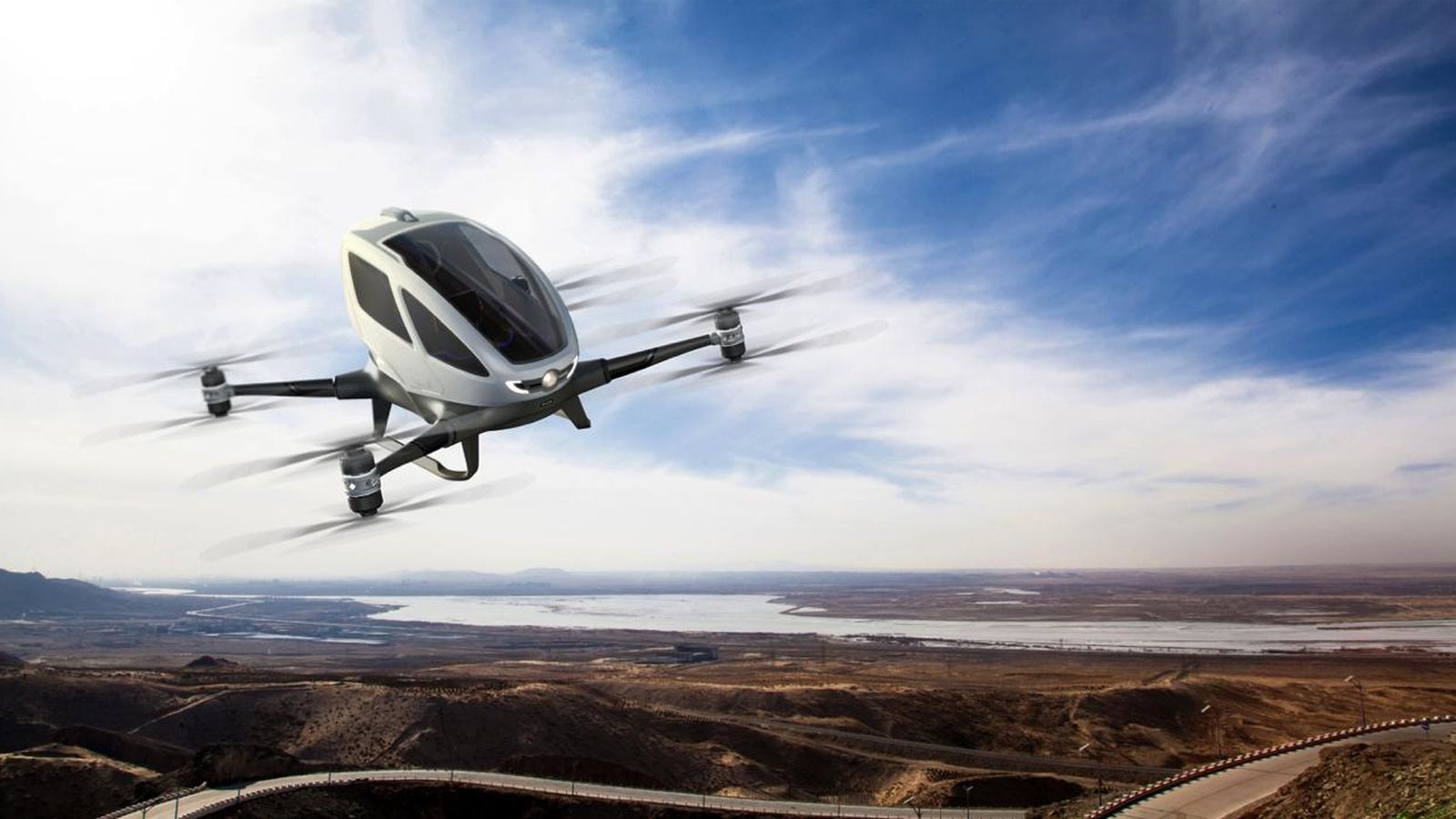
The following means may be used to substitute for the outer marker: Compass locator; precision approach radar (PAR) or airport surveillance radar (ASR); DME, VOR, or nondirectional beacon fixes authorized in the standard instrument approach procedure;
or a suitable RNAV system in conjunction with a fix identified in the standard instrument approach procedure. Applicability of, and substitution for, the inner marker for a Category II or III approach is determined by the appropriate 14 CFR part 97 approach procedure, letter of authorization, or operations specifications issued to an operator.
Airplane manufacturers are already planning for single-pilot cockpits. Research shows entirely pilotless planes could save airlines $35 billion per year, and despite the obvious reservations, young people are willing to travel on one within their lifetime.
First Automated Vision-Based Takeoff
But just how far away are we really from autonomous passenger aircraft? "The transition from a two-pilot cockpit to a single-pilot cockpit will be significantly more challenging than the transitions from a five-person cockpit to a two-person cockpit," says a 2014 study on single-pilot operations by NASA, which
has done research on the subject for well over a decade. According to the same study, a properly implemented switch could "provide operating cost savings while maintaining a level of safety no less than conventional two-pilot commercial operations."
The paper also says that no autonomous system can compensate for an incapacitated pilot, and that there are many examples of incidents where two pilots in the cockpit were needed to recover from equipment malfunctions that otherwise would have likely resulted in a disaster.
For the past few years, Xwing has been running automated test missions, mainly in California. A flight plan is submitted, just as if there were a human pilot, and the flight's parameters are pre-programmed before takeoff.

Industry Faces Pilot-Shortage
"It's really a one-click thing," Piette says. "You engage the system and it runs its mission." The system would need to maintain some sort of override capability, in case of malfunctioning. This could be done by having drone-style pilots on the ground, able to take over control of the aircraft.
This system would, of course, need to be airtight to prevent hacking. Once the technology is certified, Xwing plans to introduce and operate these vehicles by late 2025 and then make it available to other operators.
"To give you an example, FedEx has about 240 Cessna 208s for its U.S. network," Piette says, alluding to the scalability of the venture. He expects his autonomous aircraft to be transporting human passengers by the end of this decade.
The introduction of autonomous aircraft into the civil aviation mix will begin with small cargo planes, led by companies like Xwing, a Northern California-based startup. "We took an existing Cessna airframe," says Xwing CEO Marc Piette, "which is the most widely used express cargo airframe, and we've been modifying that vehicle to convert it to a remotely-supervised vehicle.
Would You?
We think the cargo market is the best first place to deploy this. And we've been very deliberate." Ryanair CEO, Michael O'Leary, believes that the public can be persuaded to let go of some of their fears due to lower ticket prices and that we will see pilotless commercial planes in the next 40-50 years.
But how do you safely get rid of one pilot? One way is to greatly increase automation in the cockpit, devoting more tasks to computers. Another is to offload the same tasks from the cockpit to the ground, with the remaining pilot working as a member of a "distributed crew."
The most common types of aircraft today already rely on "fly by wire", where computers act to stabilize the aircraft and adjust the flying characteristics without the pilot's involvement. The first autopilot was invented in 1912. Since then, they have evolved into systems capable of managing every part of a flight except taxi and takeoff.
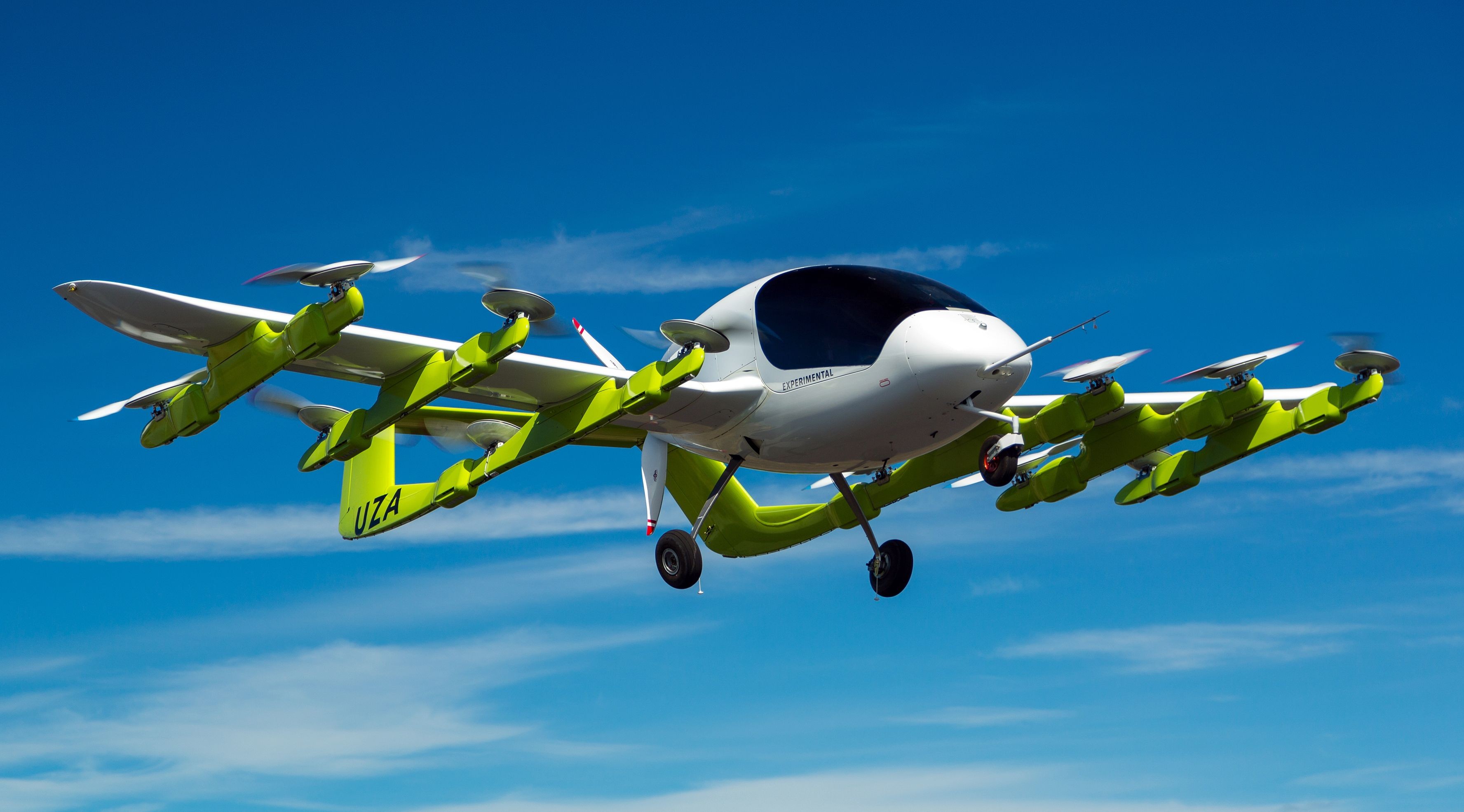
Until now. Cathay Pacific also confirmed its involvement as "one of a number of airlines engaging with Airbus," a spokesperson told CNN, and that "this is a long-term commitment to a project that is still very much in its conceptual stage."
But Would People Fly With Them?
They added that, even if the concept is approved and introduced in the future, "all of the aircraft in [Cathay Pacific's] existing fleet are certified to operate with a minimum of two pilots on board and that there is no plan to reduce that number
.” The Airline Pilots Association, International (ALPA), the largest airline pilot union in the world, released a paper in 2019 about the dangers of single-pilot operations. It called the idea "premature" and based on "many costly and unproven technologies," and stated that "the most vital safety feature in transport-category aircraft now and for the foreseeable future [is] two experienced, trained, and rested professional pilots
in the cockpit." (j) Limitation on procedure turns. In the case of a radar vector to a final approach course or fix, a timed approach from a holding fix, or an approach for which the procedure specifies "No PT," no pilot may make a procedure turn unless cleared to do so by ATC
. Ultimately, Tajer argues, "it's going to come down to whether people eventually get used to the idea. And I don't know, but when you're in the sky, and it's noisy, and the aircraft is doing things you've never felt before, and nobody's in the cockpit, you might be thinking, 'I sure hope that kid
Increased Workload
down on the ground at the computer has got this stuff figured out, because my family's lives depend on it.' That's a big hump to get over." Editor's Note: Sign up for Unlocking the World, CNN Travel's weekly newsletter.
Get news about destinations opening and closing, inspiration for future adventures, plus the latest in aviation, food and drink, where to stay and other travel developments. If the difference in numbers is due to only a couple of years or other factors is unclear, but in June 2019, a study conducted by US software firm Ansys showed that nearly 70% of passengers expect to travel in an autonomous aircraft in their lifetime.

However, only 58% were willing to travel on one within the next decade. The greatest concerns were of technology failure, and the autopilot's ability to respond to external circumstances such as bad weather. "It's all about money," says Dennis Tajer, a pilot for 35 years and the spokesman for Allied Pilots Association, which represents 15,000 American Airlines pilots.
"Manufacturers are looking for the next innovative technology to deploy so that they can sell it and make money, and airlines are looking at how they can do this more cheaply." Until the technology is certified by the FAA, however, there will need to be a safety pilot on board.
This allows Xwing to fly without jumping through regulatory hoops. "The safety pilot can disconnect a system and revert the aircraft to manual flying, but otherwise doesn't do anything but monitor the system. It's a very boring job," explains Piette.
Meanwhile, the Cessna is operated from the ground, with one human controller watching a moving map on a screen and interfacing with air traffic control. Then Boeing CEO Dennis Muilenburg said at last year's Paris Air Show that pilot shortages were "one of the biggest challenges" facing the airline industry.
Demand for air travel is growing so fast that studies predicted the industry would need over 800,000 new pilots over the next 20 years. While circumstances may have shifted since then (somewhat of an understatement), this problem is bound to remain to some extent when commercial air travel inevitably bounces back.
According to Richard Aboulafia, an aviation analyst at Teal Group, the move will take many more years, although it's inevitable: "I don't think passenger perception is very important, but establishing guaranteed and secure data links with ground stations is a must,
and of course an appropriate amount of time for regulators and insurance people to get comfortable with this too.” Smith agrees: "Maybe there's room for something like that further down the aviation chain, small airplanes or cargo operations, air taxi operations, charters.

But implementing that at the major airline level, that's a long way off." "Basically, most of them will start with a pilot now and move to having no pilot on board," Fymat says of Honeywell's partners.
"A few of them want to do it within four or five years and some think it's more like a 10-year range." (g) Military airports. Unless otherwise prescribed by the Administrator, each person operating a civil aircraft under IFR into or out of a military airport shall comply with the instrument approach procedures and the takeoff and landing minimum prescribed by the military authority having jurisdiction of that airport.
Xwing is certainly not the only manufacturer working on autonomous cargo aircraft, but it has a secret weapon in its chief compliance and quality officer. Earl Lawrence knows a thing or two about FAA regulations, having recently left the agency, where he was the head of aircraft certification.
Prior to that, Lawrence had started the FAA's unmanned office. "One of the key things about bringing this category of aircraft to the cargo market is that we are not changing the rules. We are following the regulations," he says, noting that some companies in the space have made proposals that do not comply with FAA regulations.
"That's what significantly slows things down." Boeing predicts a need for 600,000 new pilots in the next two decades, but by some estimates there will be a shortfall of at least 34,000 pilots globally by 2025. Reducing the number of pilots on some crews or aircraft could help mitigate the impact of this.
Naturally, the idea of single-pilot flight decks does not sit well with pilots. "They're talking about taking out that backup human system," Tajer says. "Having that second pilot can be the difference between people getting hurt or them getting through an incident safely.
And that's because no matter how much technology you have, the importance of having another human being who has as much at risk and is committed to protecting those passengers in the back is what makes our safety system so successful here in the U.S."
(a) Instrument approaches to civil airports. Unless otherwise authorized by the FAA, when it is necessary to use an instrument approach to a civil airport, each person operating an aircraft must use a standard instrument approach procedure prescribed in part 97 of this chapter for that airport.
This paragraph does not apply to United States military aircraft. It's a rationale echoed by manufacturers. "Look at the airliners that we fly in every day," Fymat says. "They don't take off by themselves yet. They don't taxi by themselves.
But once they've taken off, they'll do the entire flight by themselves, and they will land by themselves if you wanted them to. Airplanes have been doing this for years.” He adds that it's just a matter of time before jets can do it all.
"Adding in the ability to divert and redo a flight plan because of an emergency or whatever, communicating with air traffic control, those are the next pieces. But the basics already there."
plane without pilot, no pilot license needed, airplanes that require no license, listen to the voice airplane, non pilot plane, delta airlines books, no pilot license aircraft, no pilots
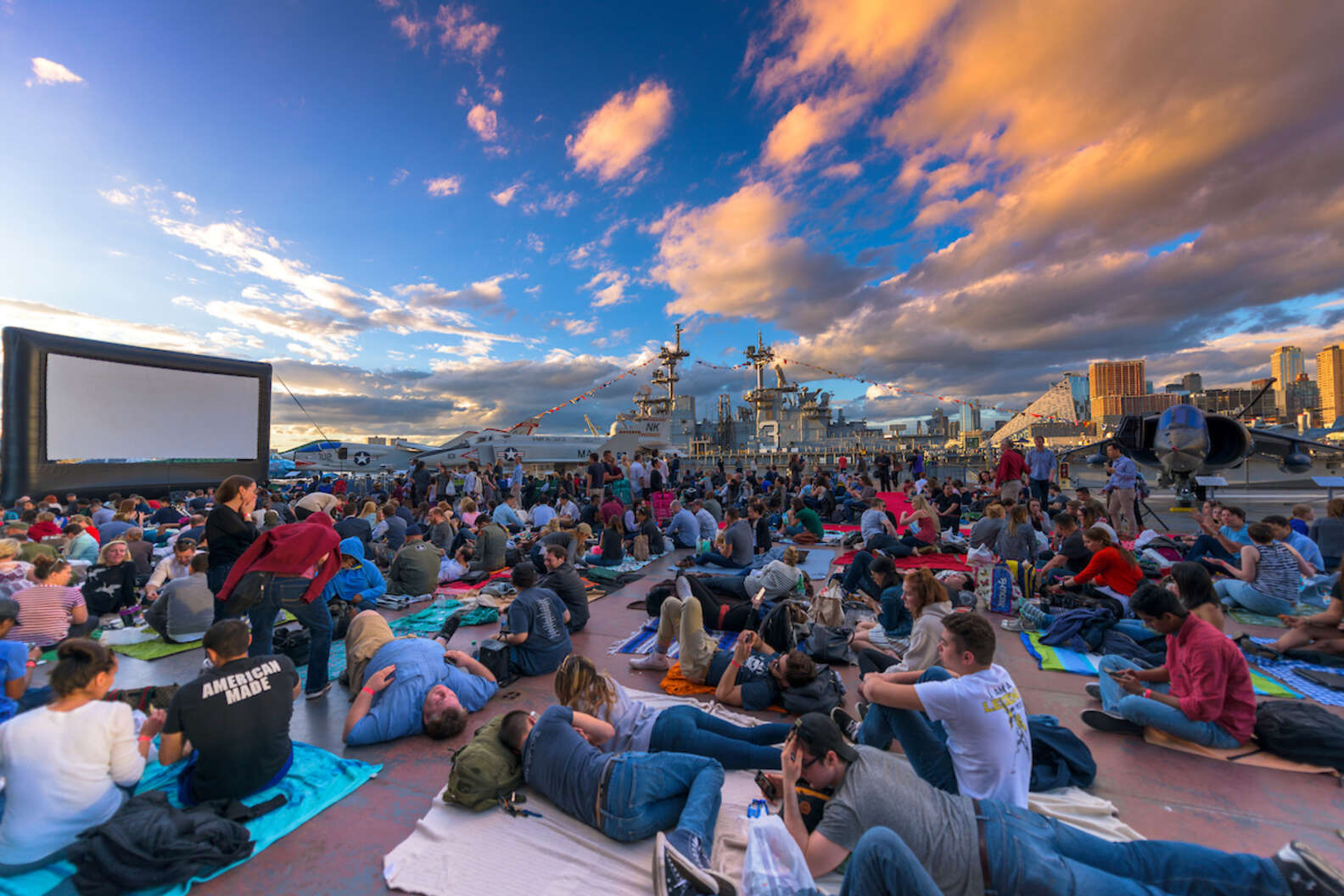



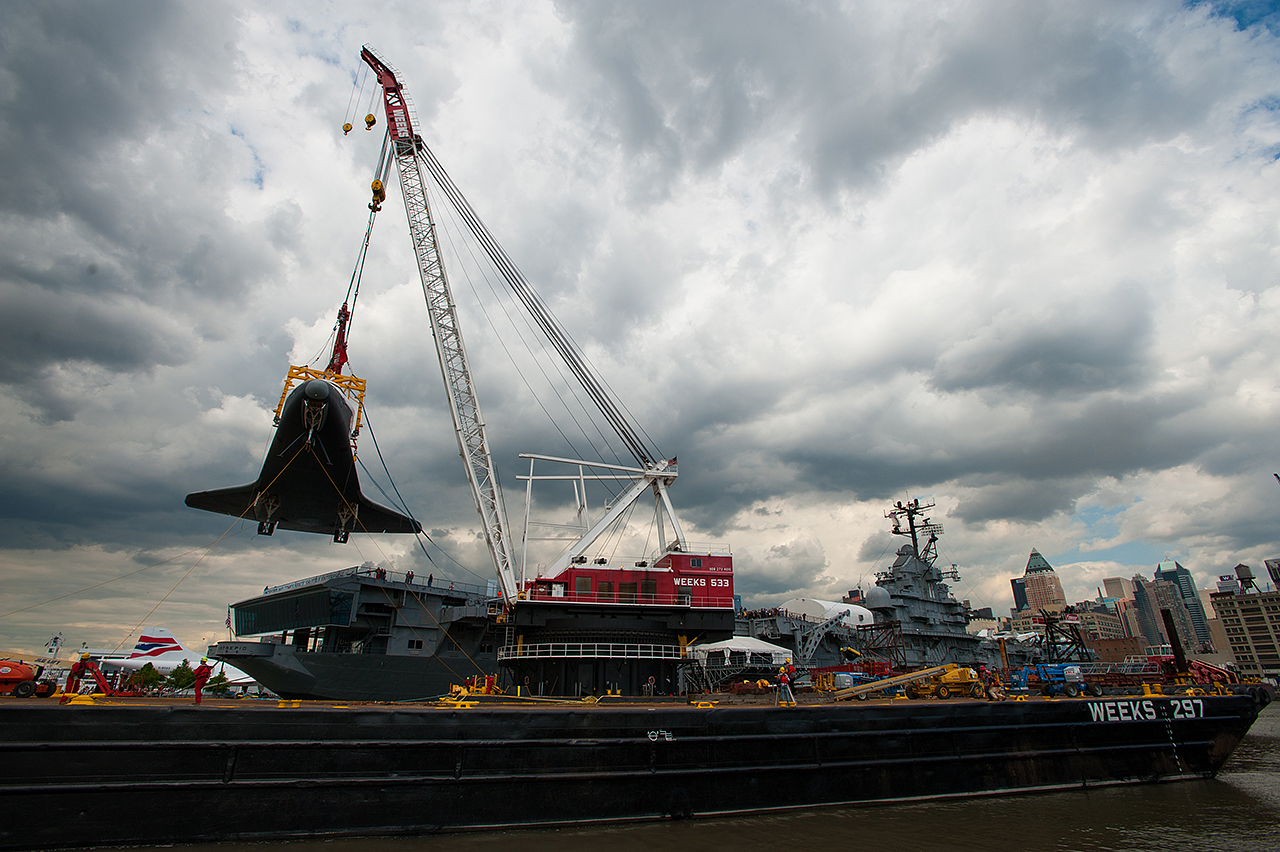

![Tmp]](https://blogger.googleusercontent.com/img/b/R29vZ2xl/AVvXsEjX6IKxtflJwBPvlOjOviJobZ9HQOgXa2NB9caos0GgcMxkCDGWo7jEgetC_JV5cUU66iPqMVwq9iDIxOxC2SPzYKvB-xK9ThzHvnf8Me1sjhwotZgwuUXekrN0yoT8RgoVlGwT3PkWc4Aw/s1600/Bull-USSR.jpg)








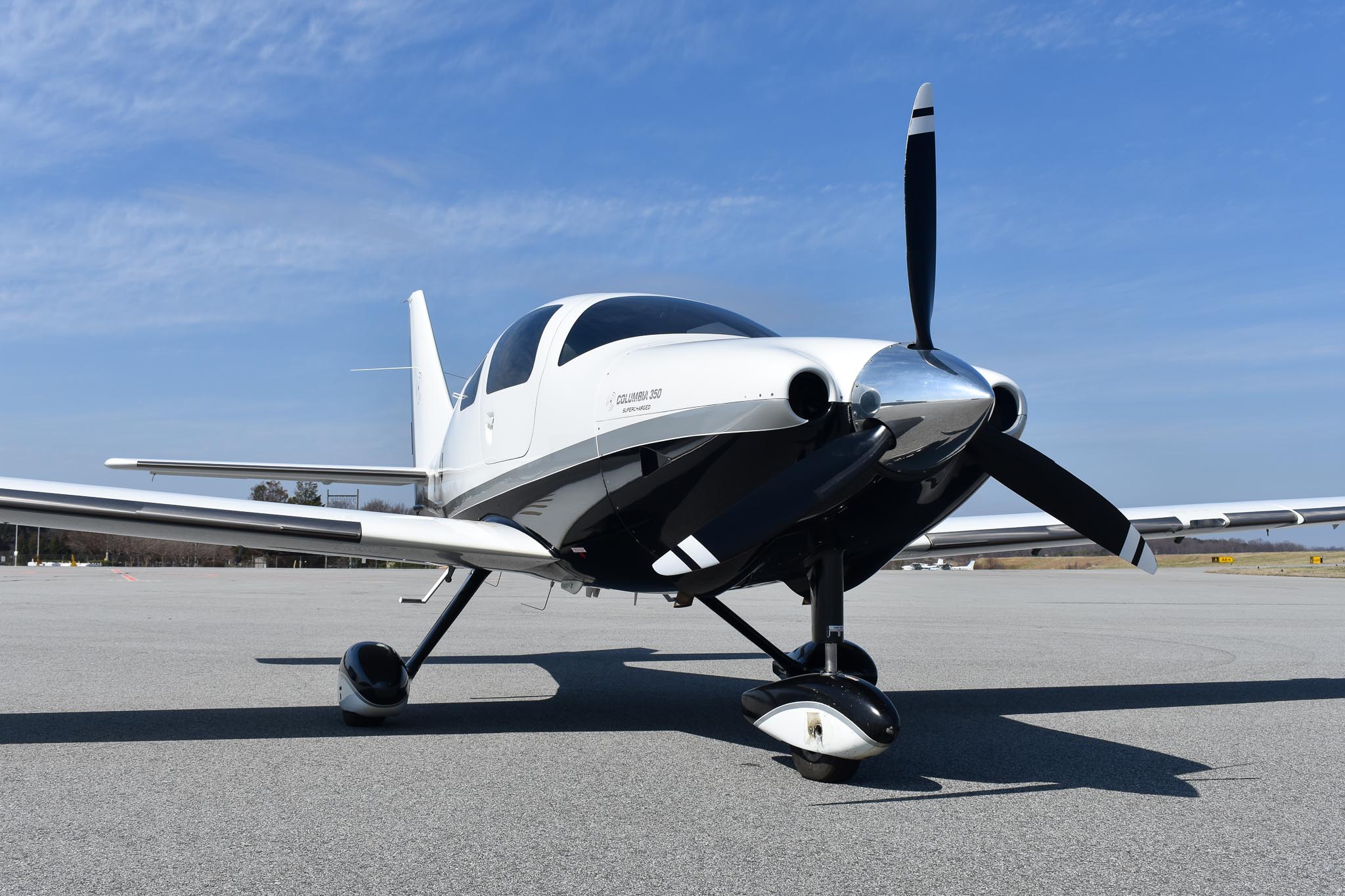
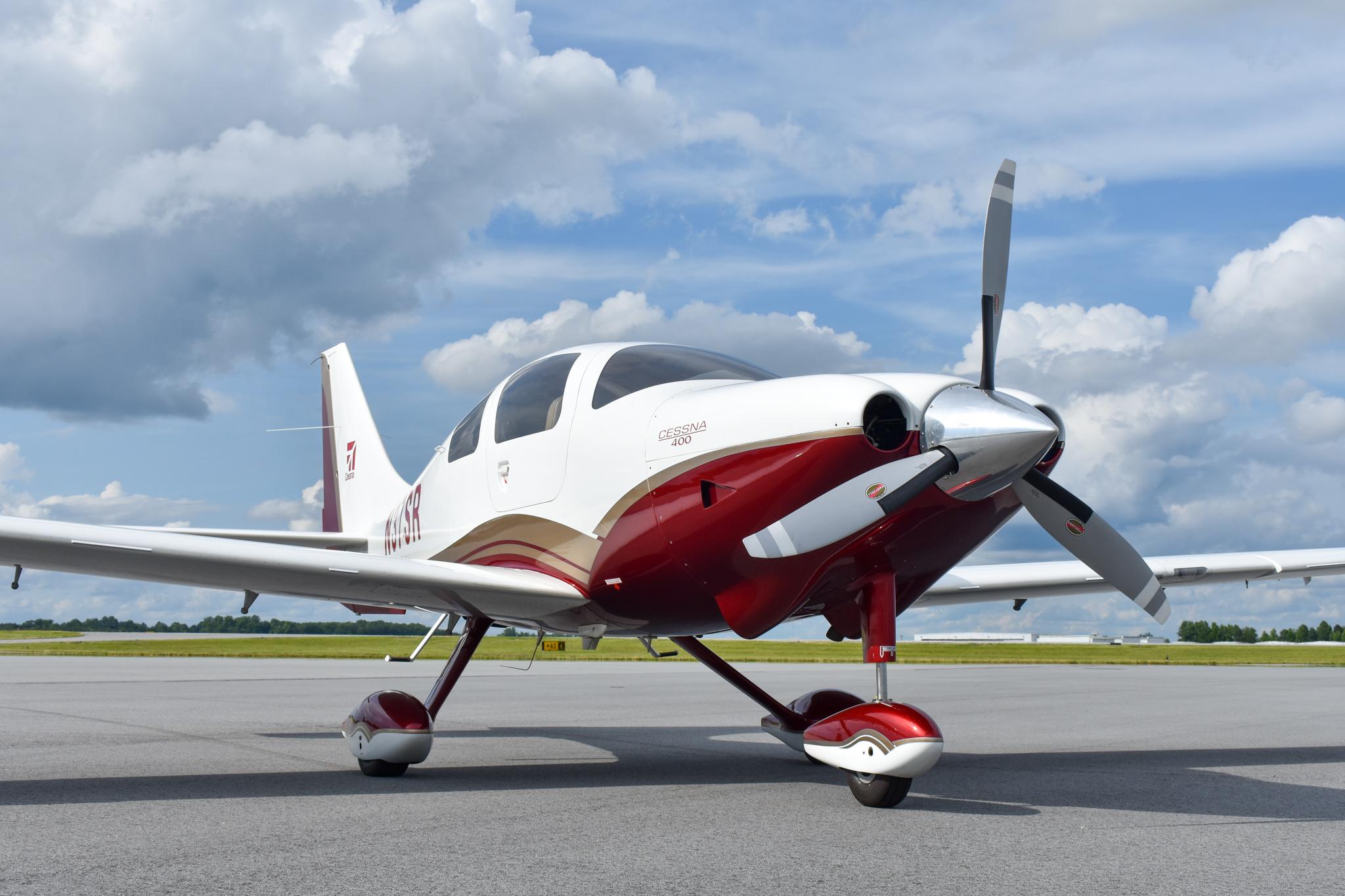

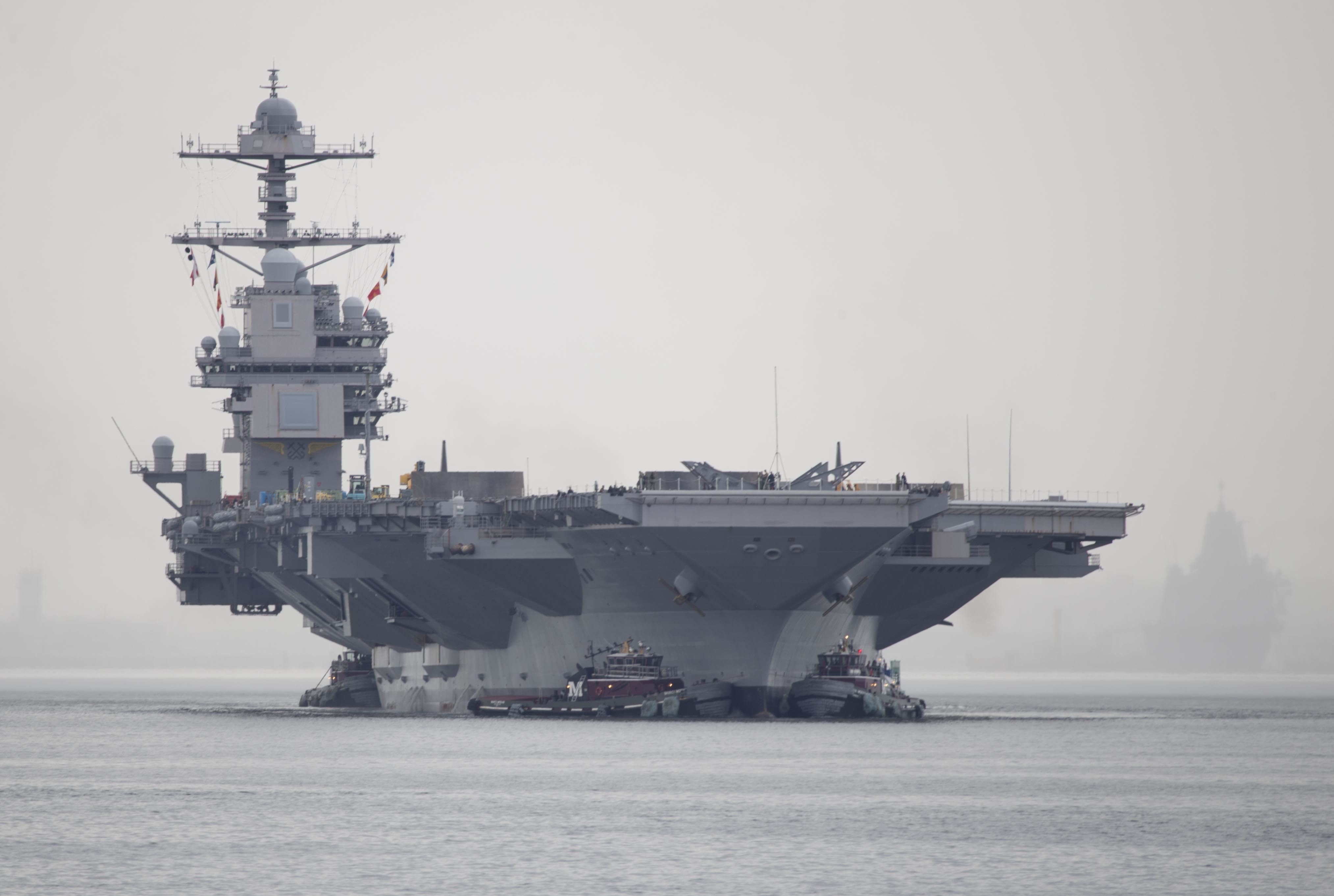

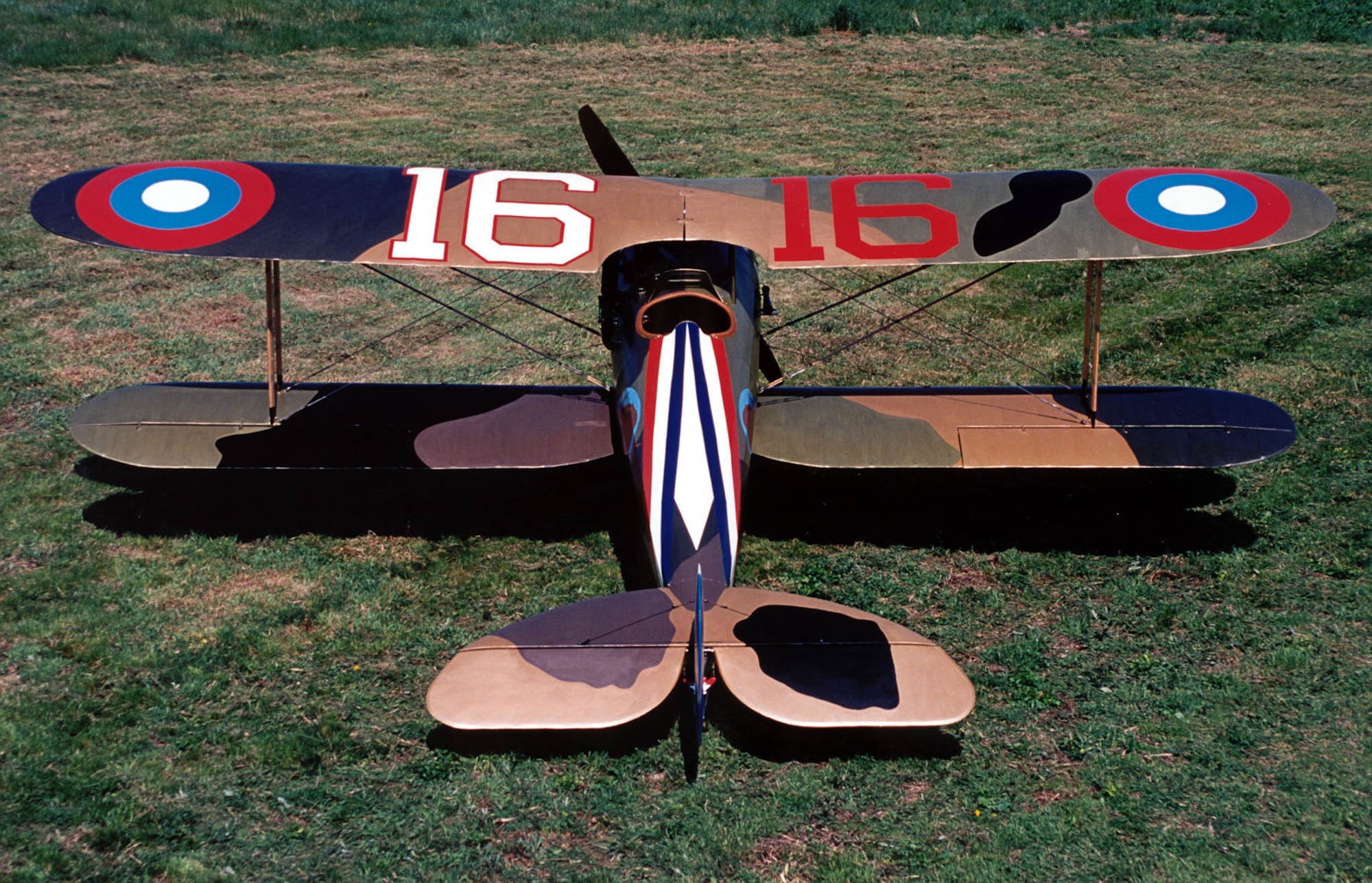

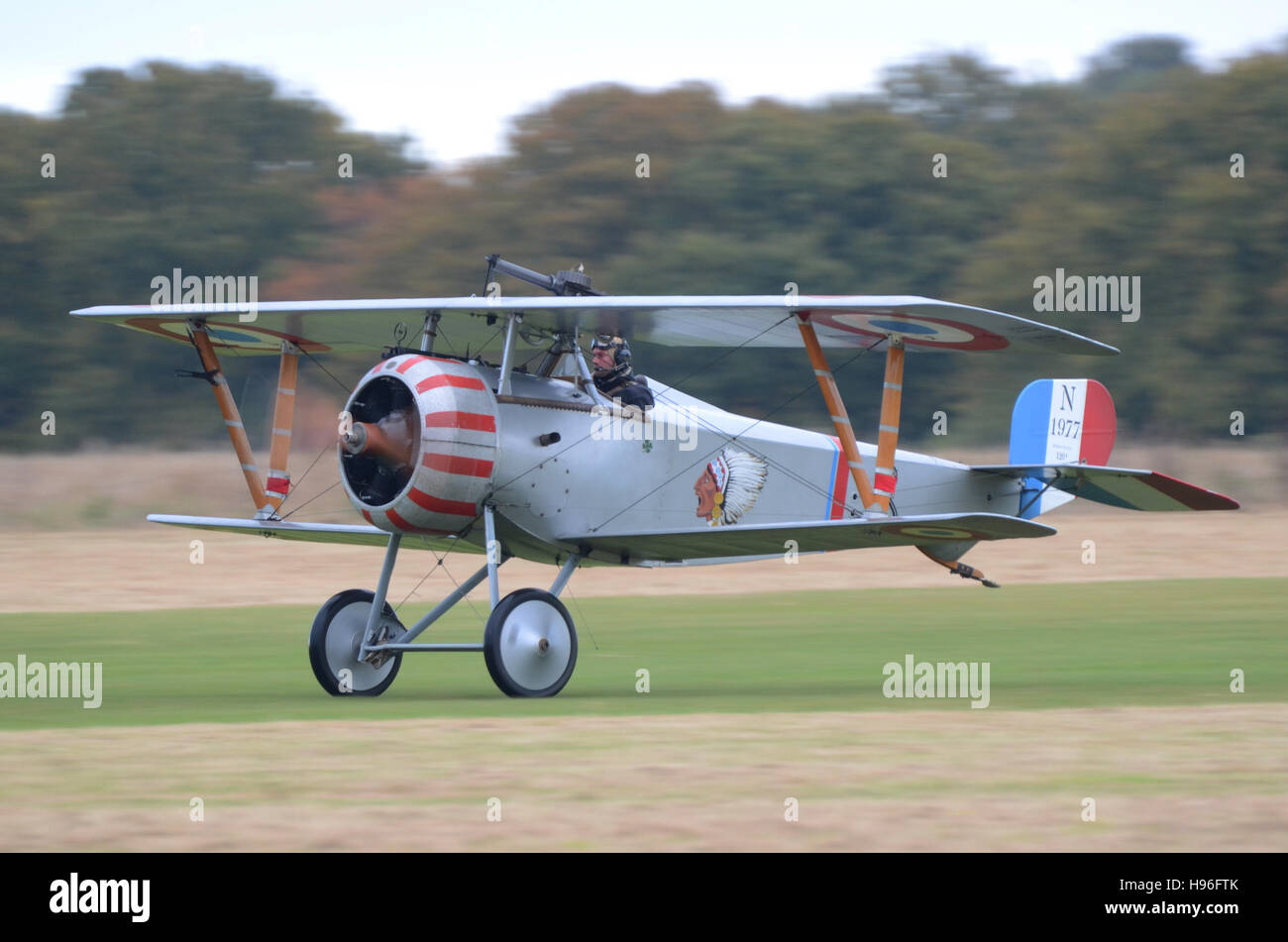
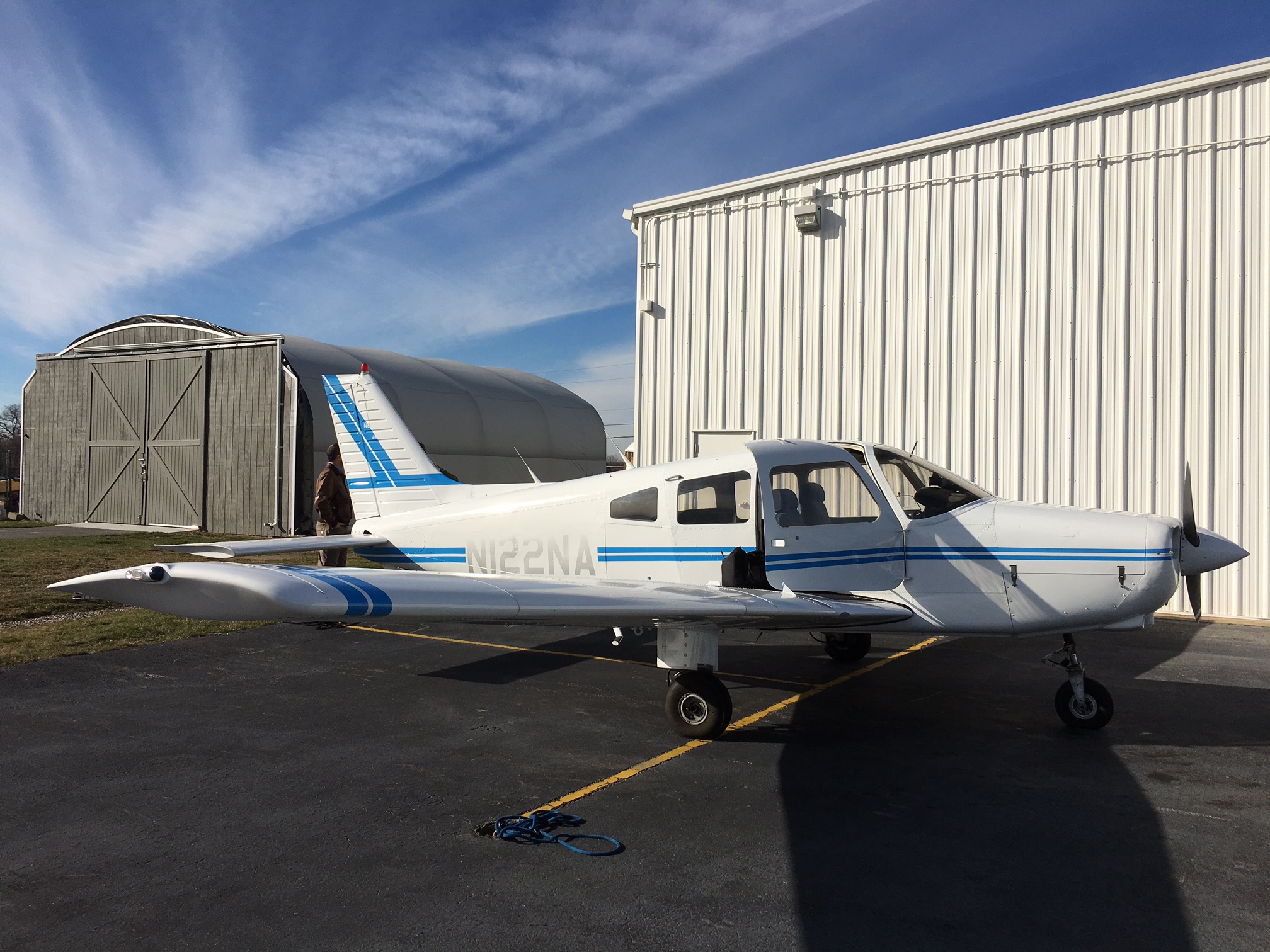

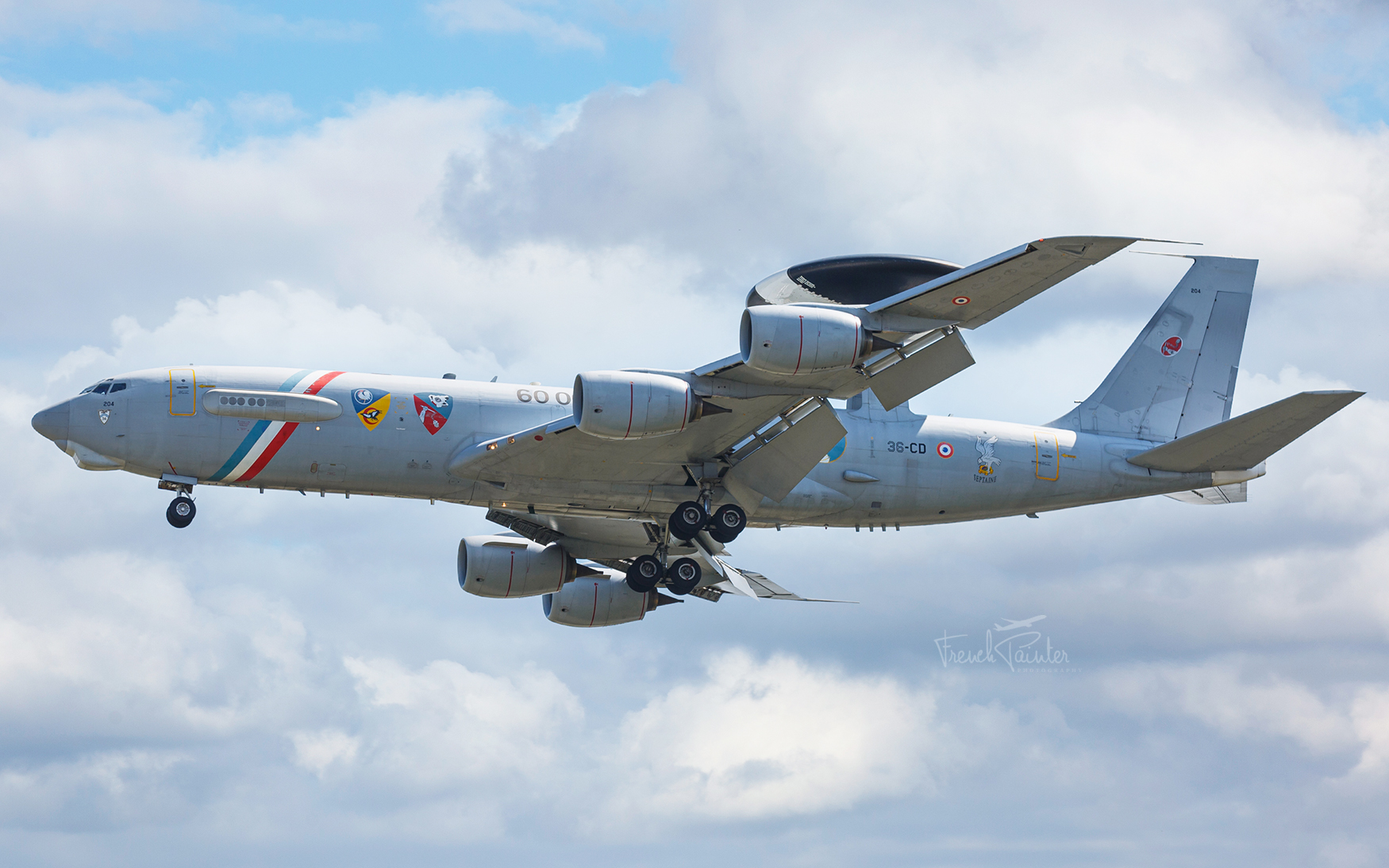 Boeing E-3F Awacs French Air Force With 60000 Hours Livery. 🇫🇷 Https://T.co/Y89yikd3bd" /" loading="lazy" style="width:100%;text-align:center;" />
Boeing E-3F Awacs French Air Force With 60000 Hours Livery. 🇫🇷 Https://T.co/Y89yikd3bd" /" loading="lazy" style="width:100%;text-align:center;" />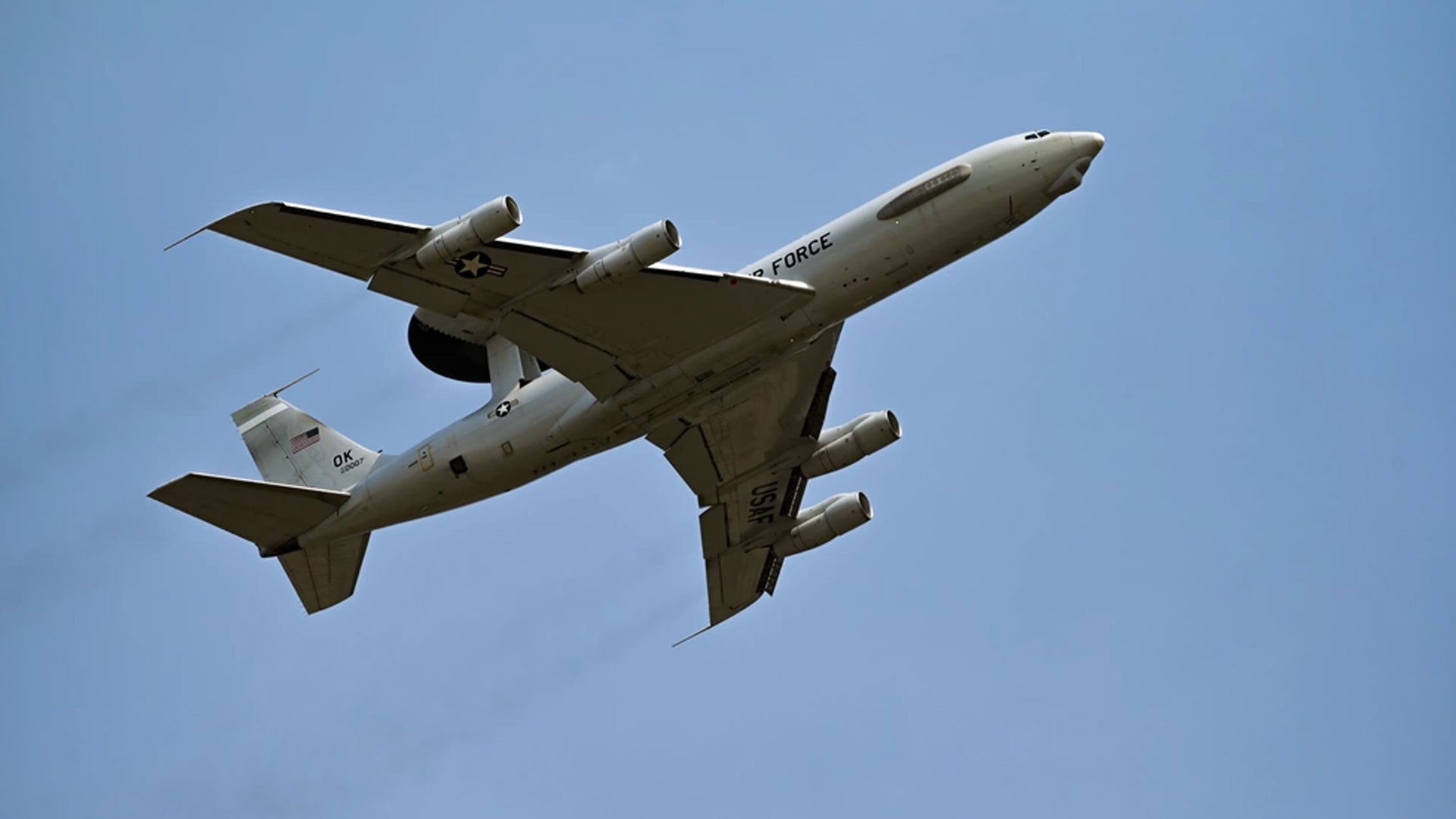


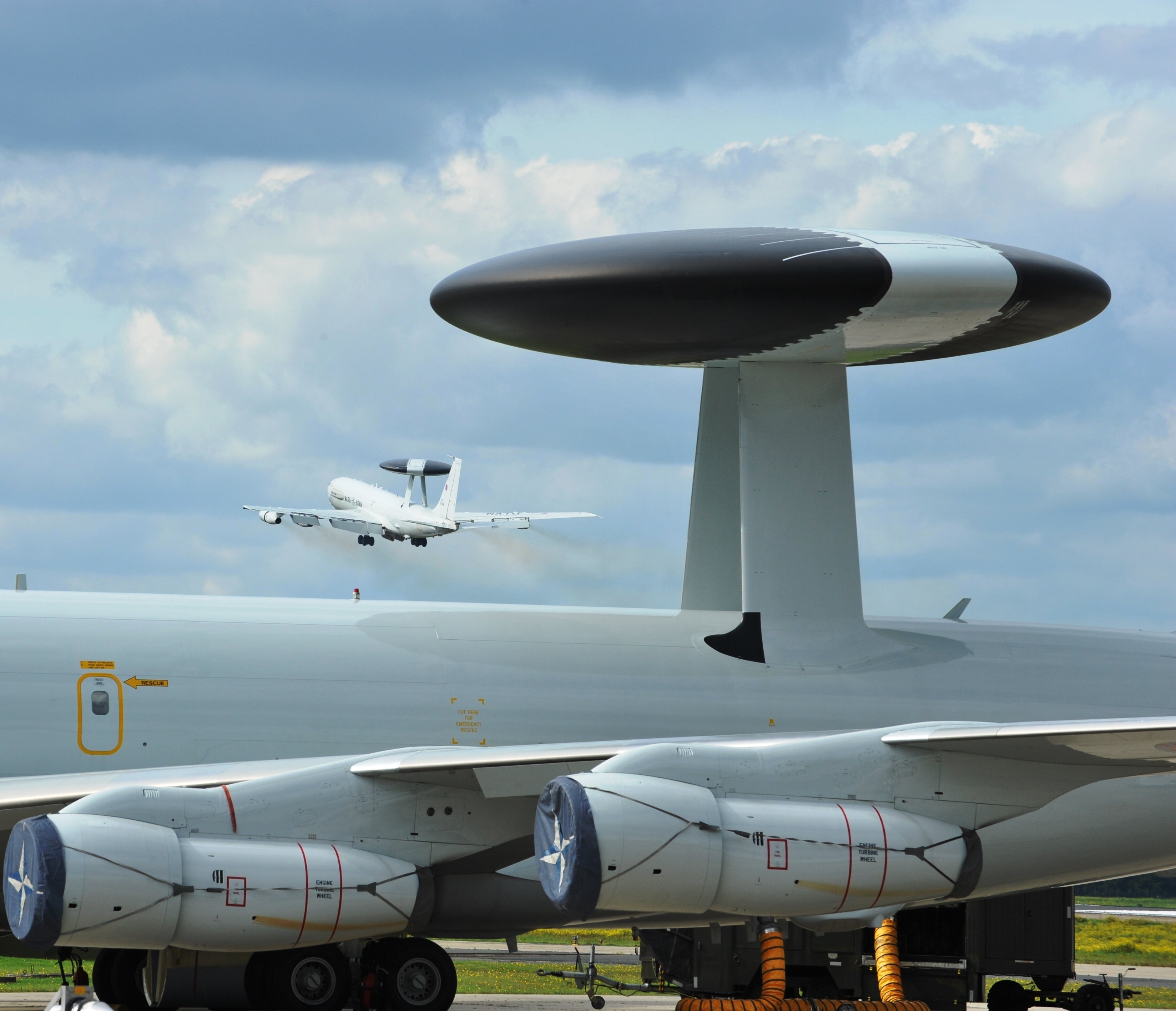


![Five Carriers In Port At Naval Station Norfolk, Va., The World's Largest Naval Station. [2520×1540] : R/Militaryporn](https://preview.redd.it/eu7bfigl1dy61.jpg?auto=webp&s=e5ab21f59430fcc123b3cf2c4d4a7eafda193d44)


